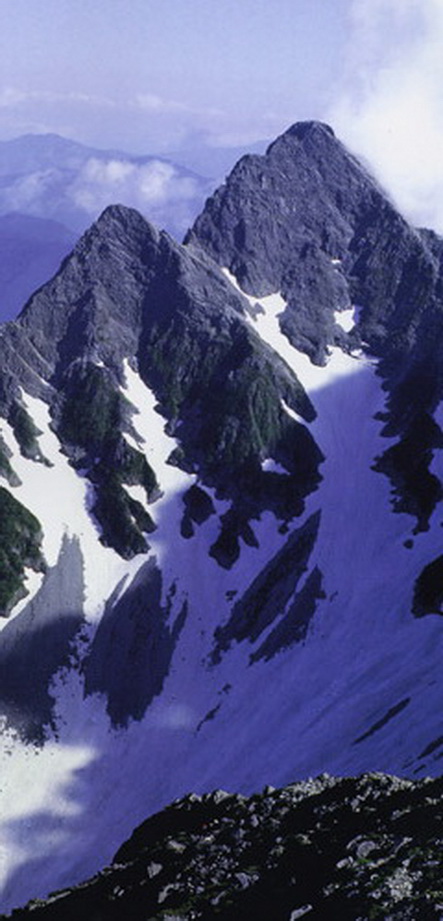
Geomorphology, from the Greek Ge "Earth", Morphe "form" and Logos "knowledge", is the study of processes that shape the landscapes. Basically, we try to understand why landscapes look the way they do. Processes that combine to shape landscapes can be natural or anthropogenic.
Plate tectonics is responsible for the building of topography. Mountain belts arise at plate boundaries and slowly grow over million years. Extruded rocks that reach the earth surface are eroded by the combined action of various elements such as water or wind. Rocks are both chemically ("chemical weathering") and mechanically ("physical weathering") modified. Solid and gaseous products of erosion are redistributed over the earth surface, but also in the atmosphere. Thus, the evolution of landscapes is controlled by a complex interaction between tectonics and climate. This interaction involves many feedbacks. The way an emerging relief perturbs pressure and temperature fields in the atmosphere, triggering orographic rainfalls is well established. But in return, climate (via erosion) may also control the pattern of tectonic activity along active mountain belts because erosion locally perturbs the stress field in the lithosphere.
© Patrick Meunier